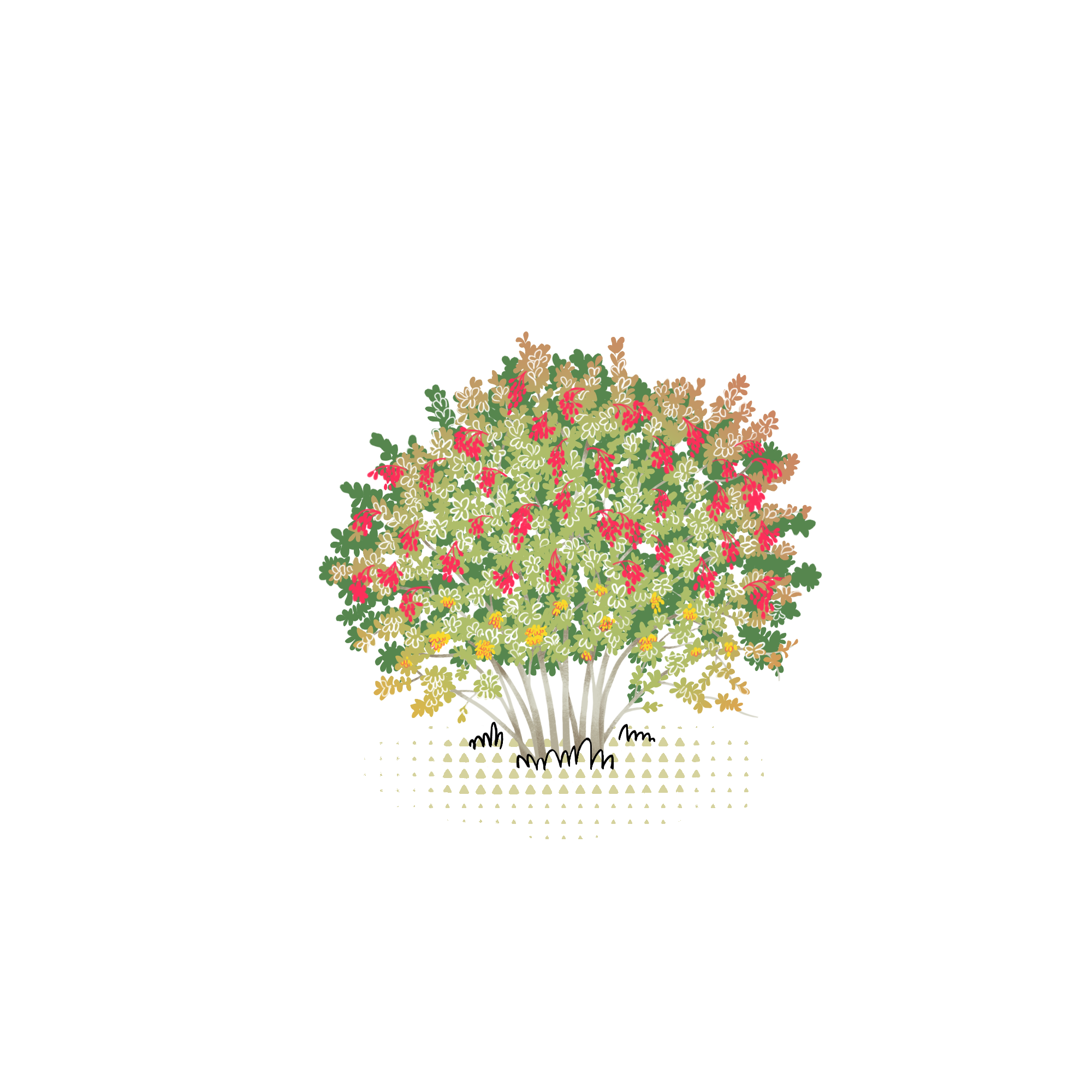
Adopt or gift a Barberry
Determined people
Lovers of good things
Trendiest people
The European barberry is a thorny-branched plant belonging to the Berberidaceae family. The genus name is derived from the Greek word "berberi," meaning "mother-of-pearl," because of the shiny petals made in the shape of a conch. In Italy, it can be easily found in the Apennines and the Alps. It produces small edible berries rich in beneficial properties. For this reason, it has been used in phytotherapy since ancient times. Dedicated to people who are prickly, but sweet-spirited.
Features
Scientific name: Berberis vulgaris
Common name: European barberry
It is a member of the Berberidaceae family. It is a small tree or shrub with very thorny branches and semi-persistent, alternate leaves on long branches. The roots are dark on the outside and yellow on the inside. The plant is hardy and rustic, fairly tolerant of pruning, not afraid of cold weather, and can withstand short periods of drought.
Fun facts
In the Middle Ages it was wrongly used as a cure for typhus. The belief that it could fight this disease was due to the fact that it is able to lower the body temperature and to give momentary relief, but without affecting the actual cause of the disease.
Properties and Uses
The European barberry's thorns can be used to make a defensive and impenetrable hedge in plot boundaries. As a medicinal and officinal herb, its most important active ingredients are berberine and berbamine, found in all parts of the plant except the fruits and seeds. Berberine helps treat bacterial diarrhea and relapsing Candida albicans infections because of its cholesterol-lowering and hypoglycemic properties.
Why adopt or gift a Barberry: what makes it unique
of CO2 captured over a year
reachable height
maximum life expectancy
Forests where you can grow your own Barberry, adopting it or giving it as a gift.

Join our community
Do you like trivia about trees and forests, and want to know how you can help create a greener future and help nature?
Sign up for our newsletter!
A couple of times a month you will receive news, scientific insights without catastrophizing, offers to adopt our trees, and news from our projects. With WOWnature, helping the planet becomes a positive experience. Every tree is a step toward a better future.


